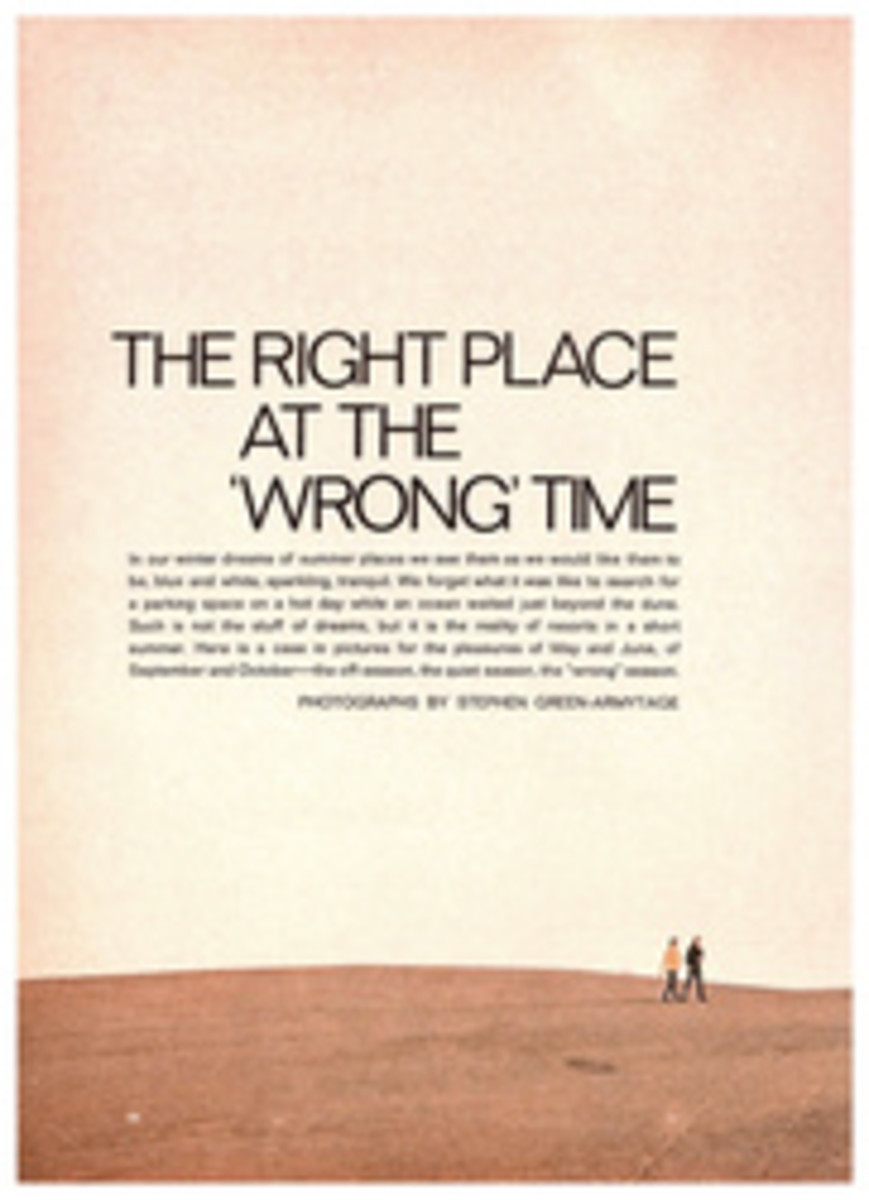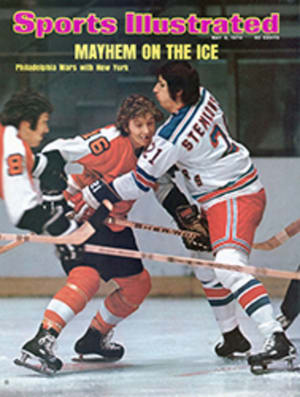
The pros are beginning to look professional
For baby-faced Ben Jipcho it was just another slow run to the bank with $500, and if it took him 4:02.8 to win the mile last Saturday in sunny El Paso—while 1,800 miles away in Philadelphia young Tony Waldrop was running a 3:53.2 mile for nothing—well, so what? Sure, the world is still waiting for the professionals to start running sub-four-minute miles. They have had only one in 27 tries over two seasons, a situation that is embarrassing to some, although not to Jipcho. Ben is supporting two dozen relatives back in Kenya, including his father's three wives, and with that many mouths to feed a man very quickly learns to run smartly, if not speedily. "I am a professional," said the 31-year-old prison officer. "I run for money, not for times. I realize people like to see Ben Jipcho run sub-four-minute miles, and Ben Jipcho enjoys running sub-four-minute miles more than anything else in the world—except counting money."
So far this season, after winning 14 of 16 races, some at two miles, he has banked $7,950, which, he figures, is just a little more than half of what he could have made in one weekend in Europe as an amateur. "To be truthful, you can make much more as an amateur," he said. "For a meeting—no, for a single race, I made $4,000. Sometimes if I ran three times in a meeting, I'd make $12,000 in a weekend. After two weeks in Europe, I could take home $24,000." He drained a glass of milk and then grinned. "That's U.S. dollars. And it was tax free."
Except for continuous harassment the last few years by officials of the Kenyan Athletic Federation, who no longer are in office, the ex-Olympian would still be running in places like Oslo and Stockholm and Helsinki. Certainly he was in great demand. Last year he ran a 3:52 mile, the second fastest in history; a world-record 8:14 in the steeplechase; and an 8:16.4 in the two-mile. Early this year he won two gold medals and a bronze in the British Commonwealth Games in New Zealand before becoming a bona fide pro for Mike O'Hara's International Track Association.
Along with Jipcho, O'Hara added such talent as Rod Milburn, the world-record holder and Olympic gold-medal winner in the high hurdles, and John Smith, the 440-yard world-record holder. And the pro track show, which had waded in red ink last year, its first season, took off like a small rocket. Well, anyway, it began to lift off the launching pad. "Last year people asked if pro track would make it," said O'Hara. "Now they are asking when."
In 16 meets last year pro track averaged 7,500 fans, 500 under O'Hara's break-even figure. "This year," O'Hara said early in 1974, "we should average 8,000." He had changed his format: he would not take his show into a city unless he had a sponsor. Pro track opened on Long Island, and drew 11,231, fell off badly in Baltimore and then recovered with 10,500 in Salt Lake City. As the pros arrived in El Paso after completing 10 meets, including two in Japan, they were averaging 12,431, an attendance figure that would rank third in the National Basketball Association, just behind the New York Knicks and the Los Angeles Lakers.
A year ago Wide World of Sports televised one ITA meet. This year the ABC people upped that to three, and NBC picked up another meet as a Saturday night special in place of the Johnny Carson show. That one turned out to be a blockbuster. The Carson show, bucking movies on the other two channels, averaged a 3.5 to 5 rating on Saturday night. The pro track meet had a rating of 8.1, the best of the three networks. Now the TV people are talking about doing 12 meets next year.
"And we plan to go back to Japan, of course," said O'Hara, warm with the memory of the 57,000 who saw his pros perform in two meets there in March. "And they want us to expand, with meets in Korea, Taiwan and Hong Kong. That will be early next summer because we are working on a series of meets in Europe for late July and August. We hope to add a few top European stars to enhance those."
As pro track grows, so will the prize money, and that should lure even more talent into the fold. At the moment, a victory is worth $500, with $250, $100 and $50 given to the next three places. There is also a Grand Prix points race in five of the events, with season-end bonuses of $6,000, $2,500, $1,000 and $500, to be given the top four in each event at the pro track indoor championships on May 29 at New York's Madison Square Garden. The Grand Prix events are sponsored: four (the 400-500, 880-1,000, mile and shotput) by Post Cereals; one, the pole vault, by Personna. O'Hara hopes to add more Grand Prix events next year.
"We also pay all air transportation and hotel bills and we give performers $20 a day," O'Hara said. "What other sport does that? It's the greatest part-time job in the world. Our athletes can live anywhere they want, hold down full-time jobs or go to school and still compete on weekends. Not that everything is perfect. But we are working on it."
The meet in El Paso, which was televised by Wide World of Sports (marking its 13th anniversary), was a major test for the pros. They were competing outdoors for the first time in the United States. Success or failure in the West Texas city would have an important influence on O'Hara's plans, and he turned the job of promoting the meet over to Wayne Vandenburg, the ex-UTEP track coach, who is a breathtaking combination of inexhaustible energy, vision and optimism. Vandenburg rented the UTEP track stadium, which has a capacity of 14,000, for $5,000 and then ordered 20,000 tickets printed.
"What are you going to do if 20,000 people decide to show up?" someone asked Vandenburg.
"Seat them, babes, what else?" he answered blithely. And then he went out and overpowered El Paso.
An hour before the meet began on Saturday, under a blazing sun and with only the promise of a sub-four-minute mile, a crowd of 15,486—14,437 through the turnstiles—showed up, about 5% of the town's population.
"Can you believe these beautiful people?" asked John Carlos, the powerful sprinter who is running as well as ever after a three-year layoff. "Come on, come on, let's run these races. I'm gonna do something for these people." For them Carlos ran a 9.3 100 into a 10.2 mph wind, and then a 20.4 220 into a 14.5 wind. "I wanted to give them a world record," he said, "but that wind was just too much."
Fred DeBernardi took the shot with a put of 70'3" and Steve Smith and Bob Seagren each vaulted 18'¼". Both marks, along with Carlos' 20.4 in the 220, are world bests—pro or amateur—this year. "Now maybe people will stop asking me what pro track is," said hurdler-sprinter Paul Gibson. "They think it's a new sport. I keep telling them we are just track and field athletes who are getting paid."
Then after a brief appearance by the inevitable streaker, the mile went off with great expectations, which lasted just as long as it took Sam Bair to lead the pack through the first quarter in a dawdling 63 seconds.
"There won't be any sub-four today," said Tony Benson, the Australian who had just won the two-mile in a slow 9:01.8, which the public-address announcer called a tactical race. "It's the only kind I run," said Benson, laughing. "I'm not out there to play games. I was only out there to make money. People have been criticizing me for running just fast enough to win, but I haven't lost a two-mile or 3,000-meter race outdoors since 1967, and I thought that was the whole idea, to win."
After the first lap of the mile Bair faded and Chuck LaBenz went into the lead. The big four of Jim Ryun, Kip Keino, Dave Wottle and Jipcho laid back cautiously, waiting for someone to make a move. "If I don't fall asleep on the third lap, I'll win," Jipcho had said earlier. He stayed awake. He sprinted into the lead and took the field through a 59-second quarter.
"It's all over," said Benson. "The Kenyans kill the Americans the same way every time, with that fast third quarter. The Americans can run a 3:53, but the way they train it has to be a 60-60-60-53. It can't be a 60-60-53-60. It just kills them. It's the same time but an entirely different race."
During the third lap, Ryun, burdened by hay fever, pulled up. "I went as far as I could," said the disgusted world-record holder. "My lungs became so clogged I couldn't take another step."
LaBenz, who was fitter than any had figured, made a brief attempt to catch the flying Jipcho but fell short. Wottle, who has been handicapped this season by a lack of cross-country training last fall, finished a distant third, with Keino fourth. "I'm not running very well," said Keino, who missed the beginning of the season because his wife was seriously ill in Kenya. "But I'm not gone. People should not forget me."
After cruising home in 4:02.8, Jipcho was not the least disappointed. "The $500 will buy some cows for my farm in Kenya," he said. "A winning time is always a good time. If the ITA people want a sub-four-minute mile all they have to do is come to me. With money."
PHOTO
BEFORE PACKED STANDS, BEN JIPCHO WINS THE EL PASO MILE IN A MODEST 4:02.8

